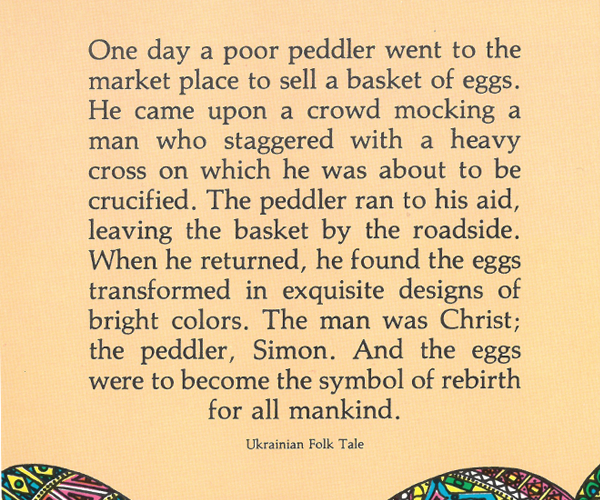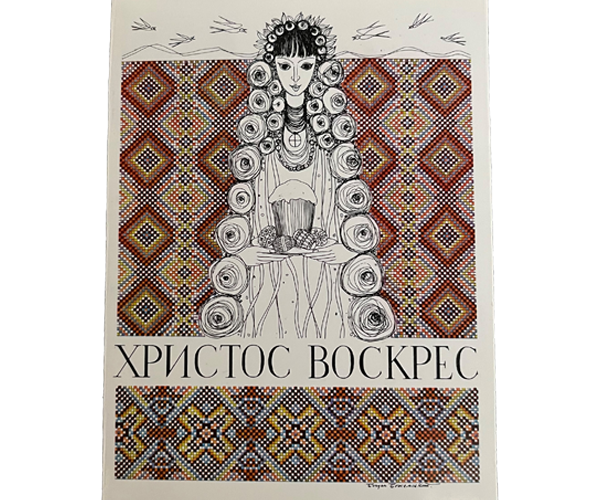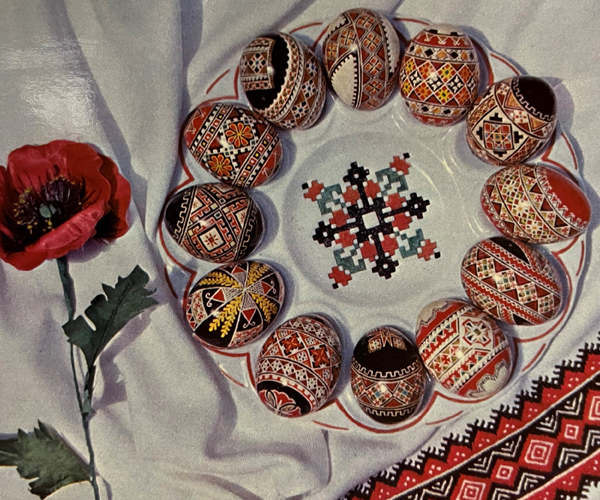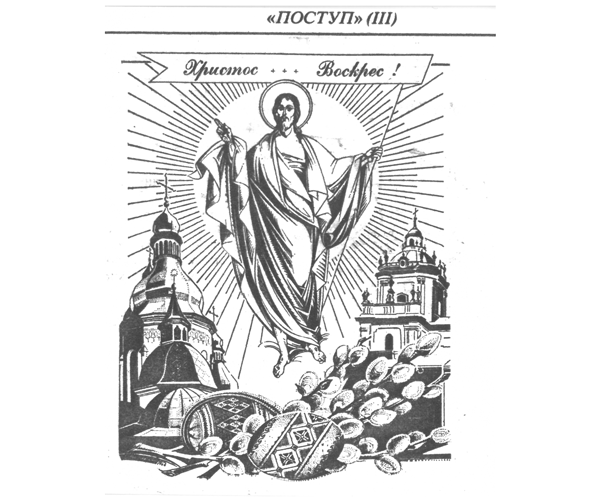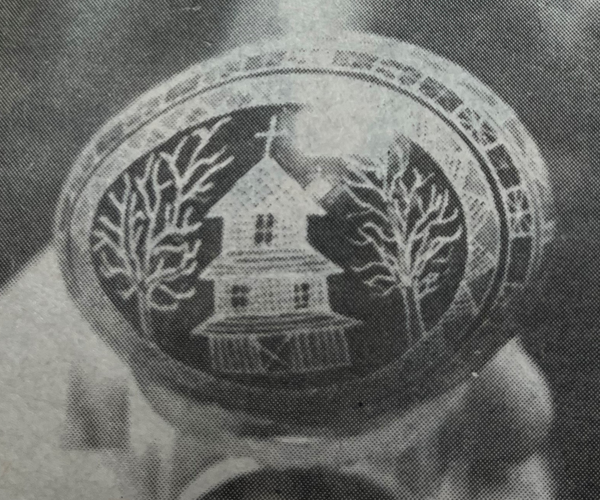Blogs
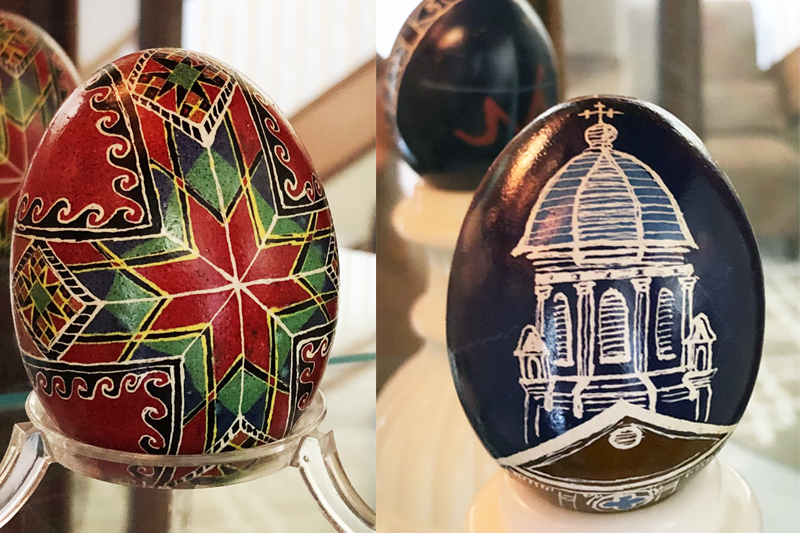
Pysanky for Peace
By Shari Neilson
Before Ukraine’s flag and its national flower became familiar across the world, the objects more commonly affiliated with Ukraine were the intricately decorated eggs known as pysanky.
Ukrainians have been decorating eggs for thousands of years, says a 1988 article in The Ukrainian Weekly, the English-language newspaper of the nonprofit Ukrainian National Association. While artists have several methods, the decoration of pysanky (singular form pysanka — pronounced with the accent on the first syllable) is one of the most popular and elaborate. It involves the application of melted beeswax and multiple layers of dye to raw eggs, starting with the lightest colors such as yellow and progressing to darker colors such as purple and black. The symbols, patterns and colors carry special meaning.
Over the years, the interpretation of the symbols and patterns has evolved. In pre-Christian times, a fish represented health; after the advent of Christianity in Ukraine in 988, the fish was reinterpreted as a symbol for Christ. While the interpretations of some symbols have changed, the message behind the eggs has remained the same: love and goodness triumph over evil.
This folk art also is associated with several legends. In western Ukraine, Hutzul lore says a monster chained to a mountain sends out his henchmen each year to count the number of pysanky in the world. The fewer the pysanky, the looser his chains, and the more evil spreads around the world; the more pysanky, the tighter his chains, thus allowing love to conquer evil.
The author Yaroslava Surmach cites a 1955 Ukrainian Youth League publication in retelling a version of a pysanky origin story in which Mary decorated eggs to bring to Pontius Pilate when she went to plead for Christ’s life. Her tears are said to have formed dots of brilliant color, and to this day, dots on pysanky often represent Our Lady’s tears. In the story, Mary drops to her knees before Pilate, and the pysanky roll from her apron across the floor and continue to roll until they are distributed around the world. Ukrainians still distribute pysanky at Easter to commemorate Christ’s teachings of peace and love.
Eggs on exhibit through April 25
A pop-up exhibit in the Roesch Library lobby March 25–April 25 features handmade Ukrainian eggs from the collection of Tina Waypa Schlegel '92 of Beavercreek, Ohio; one pays tribute to UD’s Chapel of the Immaculate Conception.
“Pysanky is a family tradition and something I learned in my childhood,” Schlegel says. “As members of a Ukrainian Catholic church in the Pittsburgh area where I grew up, my family made pysanky as part of our Lenten traditions.”
The exhibit is free and open to the public during regular library hours.
Sources
Surmach, Yaroslava. Ukrainian Easter Eggs. New York: Surma, 1957. Reprinted from Ukrainian Arts, Ukrainian Youth’s League of North America, 1955.
Osada, Tanya. Pysanky and Their Symbols. New York: The Ukrainian Museum, 1980.
“The Pysanka: Our Centuries-Old Ambassador.” The Ukrainian Weekly, April 3, 1988, page 6.

